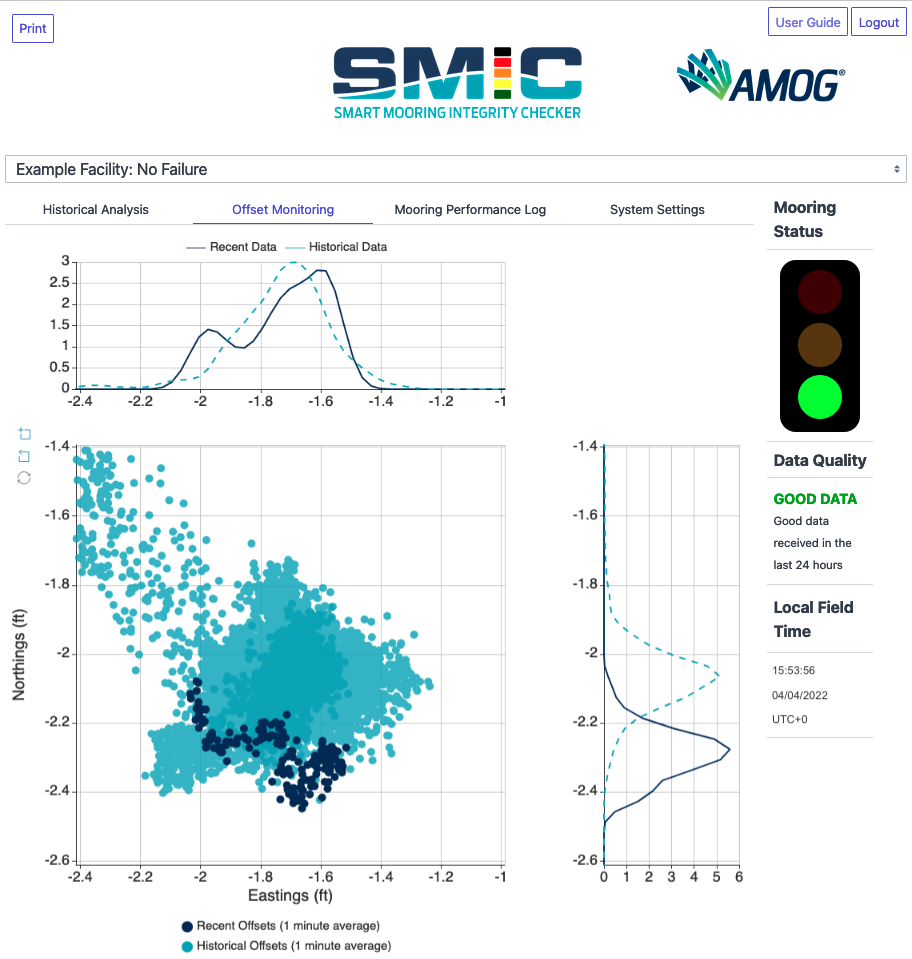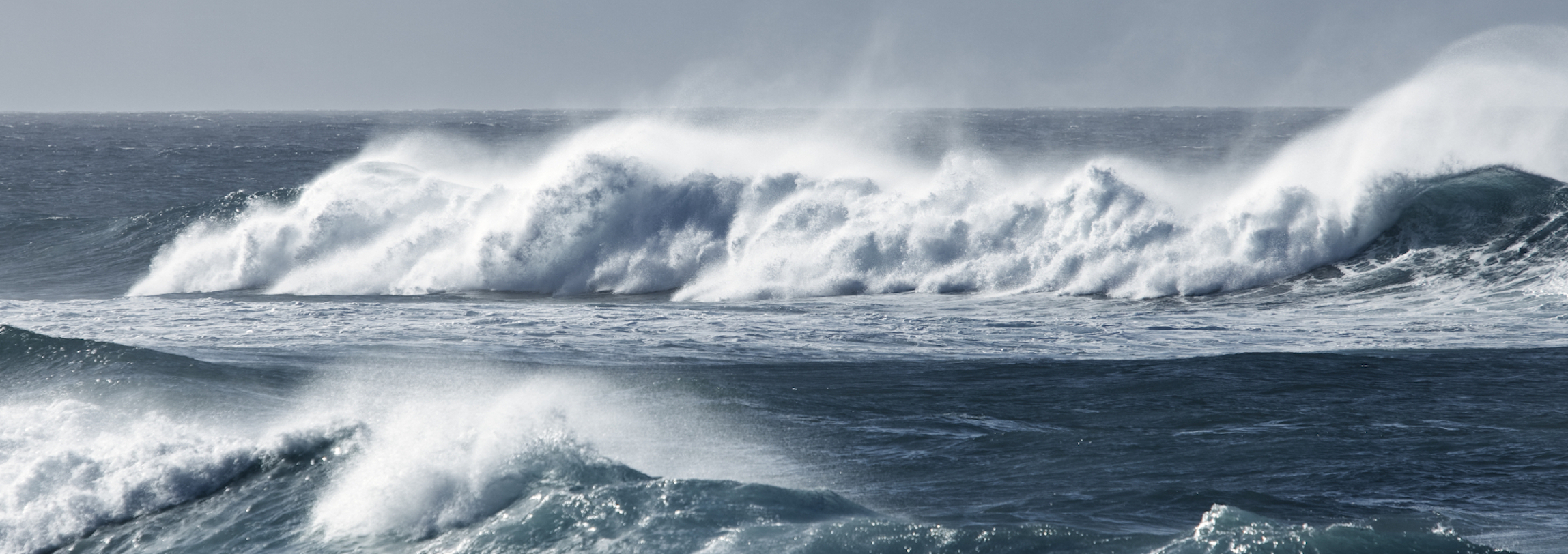Safe and reliable access to offshore energy, whether it be through traditional, hydrocarbon or renewable sources, requires offshore infrastructure to be held on station by well designed, well installed and well monitored mooring systems.
AMOG has been looking at engineering solutions for the offshore energy sector for three decades. More recently, we’ve been developing IIoT technology that can provide stakeholders with a more complete view of risk over the life of their floating facilities. This is an important, but sometimes overlooked issue but is growing in importance. Aside from owner and operator-led initiatives, as regulatory requirements build upon these innovations there is increasing pressure on operators to expand monitoring capabilities to retain compliance.
Safe and reliable access to offshore energy, whether it be through traditional, hydrocarbon or renewable sources, requires offshore infrastructure to be held on station by well designed, well installed and well monitored mooring systems.
AMOG has been looking at engineering solutions for the offshore energy sector for three decades. More recently, we’ve been developing IIoT technology that can provide stakeholders with a more complete view of risk over the life of their floating facilities. This is an important, but sometimes overlooked issue but is growing in importance. Aside from owner and operator-led initiatives, as regulatory requirements build upon these innovations there is increasing pressure on operators to expand monitoring capabilities to retain compliance.
At the 2022 Offshore Technology Conference (OTC2022) in Houston, TX, AMOG’s Clare Thomas will be presenting a technical paper on some of the insights gained from using Global Navigation Satellite System (GNSS) vessel position data and metocean data for real-time mooring integrity monitoring.

If you are the operator or looking to become the operator of a floating facility, Clare’s paper and presentation will provide insights into the kind of data that should be considered for an effective monitoring solution, as well as an approach to combine different data streams (such as vessel offsets, first order motions, and environmental data) to derive a holistic assessment of mooring integrity.
Why a GNSS-based integrity monitoring system?
A GNSS-based integrity monitoring system can be programmed to detect mooring failures and complement or replace other methods such as in-line load cell monitoring – a potential solution for scenarios where the installation or replacement of such direct mooring line monitoring technologies can be prohibitive from both an operational or a cost perspective.
This information can also be very valuable for operators defining the scope of monitoring for new facilities or looking to get the most value out of the data on their existing facilities, where a system can provide a quantitative basis for operational decisions and improve the regulatory and risk compliance of offshore facilities.
In short, a GNSS-based integrity monitoring system can reduce down-time, improve compliance, reduce risk, and save money.
How does AMOG do this?
By combining the practical considerations gathered from seven combined years of operational mooring integrity on various offshore facilities
Using metocean monitoring and forecasts, data rate, resolution, accuracy, delay and quality considerations
Using our experience addressing the challenges involved in rolling out such a system on an operating facility
If you are attending OTC in May 2022, come and see Clare’s presentation, “From Model To Reality: Practical Insights From Mooring Integrity Monitoring Using Vessel Position Data", on Monday, 2 May from 14:00-14:22 in the Advancements in Mooring System Design, Monitoring & Lifecycle Risk Management Session (room 312).

